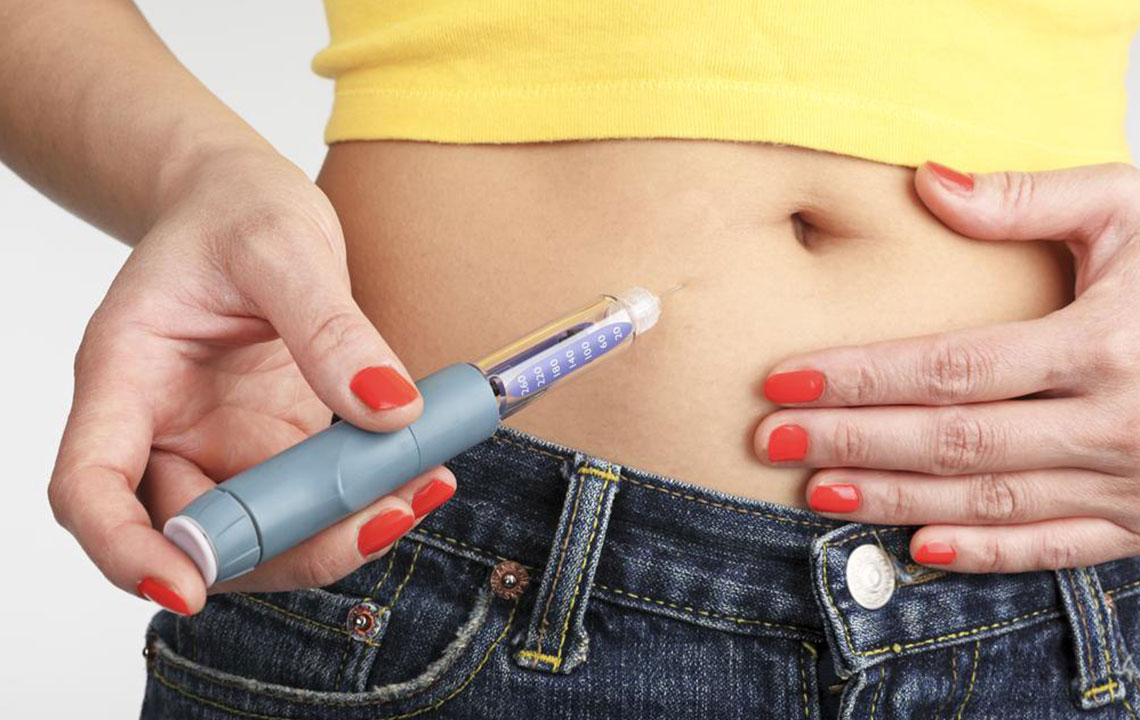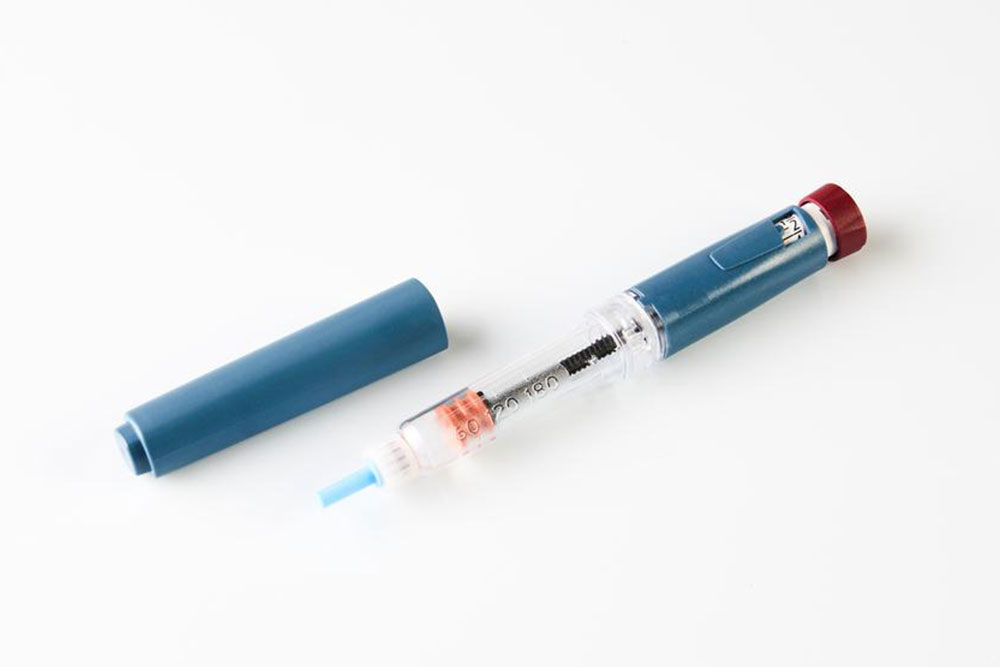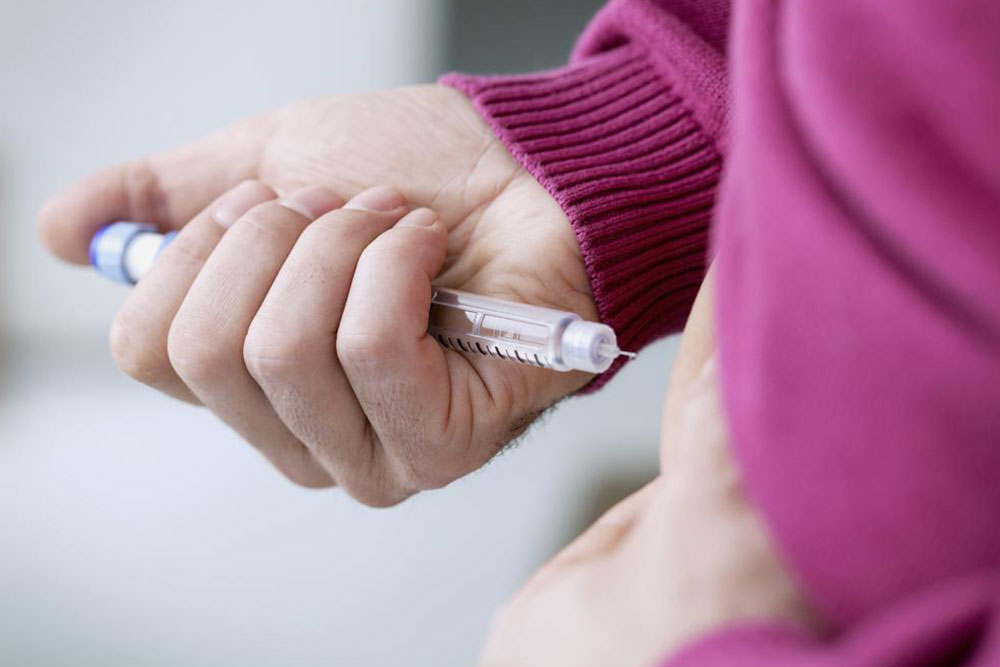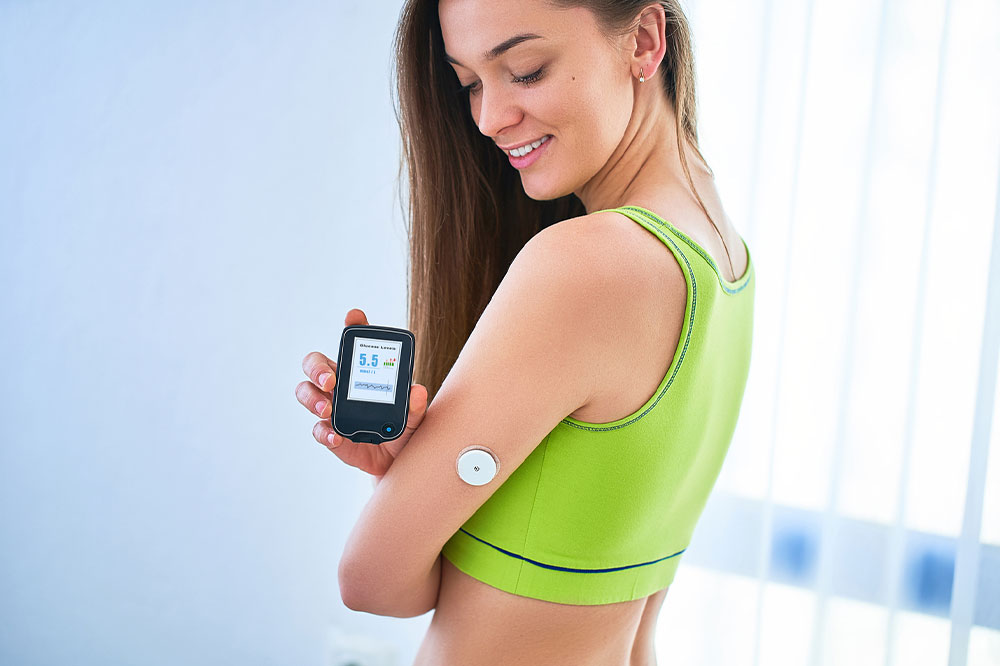The Ultimate Guide to Insulin Pens: Features, Types, and Benefits for Diabetes Management
This comprehensive guide explores the pivotal role of insulin pens in diabetes management, highlighting different types, key features, and benefits. Designed to improve patient compliance and simplify daily medication routines, insulin pens are a crucial innovation in healthcare. The article delves into reusable, disposable, and combination options, emphasizing their convenience, safety, and technological enhancements. Whether for newly diagnosed patients or those managing long-term diabetes, understanding insulin pen options helps optimize treatment and improve quality of life. Discover how these devices are transforming diabetes care worldwide with smarter, safer, and more efficient solutions.

Comprehensive Overview of Insulin Pens and Their Essential Features
Managing diabetes effectively requires daily medication that often involves precise insulin injections. For many patients, traditional methods like syringes and vials can be cumbersome, leading to challenges in consistent administration and adherence. Over recent years, insulin pens have emerged as a convenient, user-friendly alternative that simplifies the process. These innovative devices have significantly transformed diabetes care by enabling easy self-injection at home or on the go, ensuring accurate dosage, and improving overall treatment outcomes.
Insulin therapy is a cornerstone in the management of both Type 1 and Type 2 diabetes, especially when the pancreas produces insufficient insulin. Proper blood sugar regulation prevents long-term complications such as nerve damage, kidney disease, and cardiovascular issues. Insulin pens efficiently deliver insulin to help maintain blood glucose within a healthy range, making daily management more manageable and less invasive. They accommodate various insulin types, including rapid-acting, long-acting, intermediate, and pre-mixed formulations, each tailored for different treatment regimens.
One major advantage of insulin pens is their capacity for precise dosing, which is critical for effective glucose control. Unlike traditional vials and syringes, pens come with measurable units, allowing patients to inject the exact amount prescribed by their healthcare providers. This accuracy not only reduces wastage but also minimizes the risk of hypoglycemia or hyperglycemia caused by incorrect dosing. Their portability and discreet design make insulin pens especially beneficial for individuals with active lifestyles or those who travel frequently.
Insulin pens are thoughtfully designed to provide ease of use and facilitate effective tracking of doses. They effectively eliminate the need for handling multiple components like vials, syringes, and alcohol swabs, thereby reducing the complexity of daily injections. The variety of pens caters to different preferences and medical needs:
Reusable insulin pens - These devices feature replaceable cartridges filled with insulin. Patients refill cartridges at room temperature, and after each use, the cartridges are stored in the refrigerator. The cartridges typically last up to 28 days, after which they need replacement.
Disposable insulin pens - These are prefilled and come ready to use. Initially stored in the refrigerator, disposable pens are taken out and used at room temperature until the insulin is consumed or the 28-day limit is reached. After that, they must be discarded, which simplifies the disposal process.
Combination insulin pens - Designed for patients requiring multiple types of insulin, these pens contain two different insulins within a single device. They allow for convenient administration of both insulins in one injection, but proper medical guidance is essential to ensure correct usage and dosage.
Critical features of modern insulin pens include:
Texture-coded units for quick and accurate identification
Spring-loaded mechanisms that reduce the force needed for injection
Audible or visual alerts to confirm proper dose delivery
Built-in digital displays showing the time, last dose administered, and dosage information in advanced models
Adopting insulin pens can significantly improve the quality of life for diabetic patients by making daily management less intimidating and more comfortable. Their design focuses on enhancing patient compliance, reducing injection anxiety, and simplifying complex medication routines. With ongoing innovations, these devices continue to evolve, integrating smarter technology to support better glucose control and monitor patient adherence effectively.
In conclusion, insulin pens represent a breakthrough in diabetes management, combining portability, precision, and ease of use. They are tailored to meet diverse patient needs, whether through reusable, disposable, or combination options. Healthcare providers worldwide increasingly recommend insulin pens to enhance patient compliance, reduce injection-related stress, and optimize glycemic control. As technology advances, future models are expected to further integrate digital health features, monitor blood glucose levels in real time, and provide more personalized treatment options—making insulin pens an indispensable tool in modern diabetes care.





